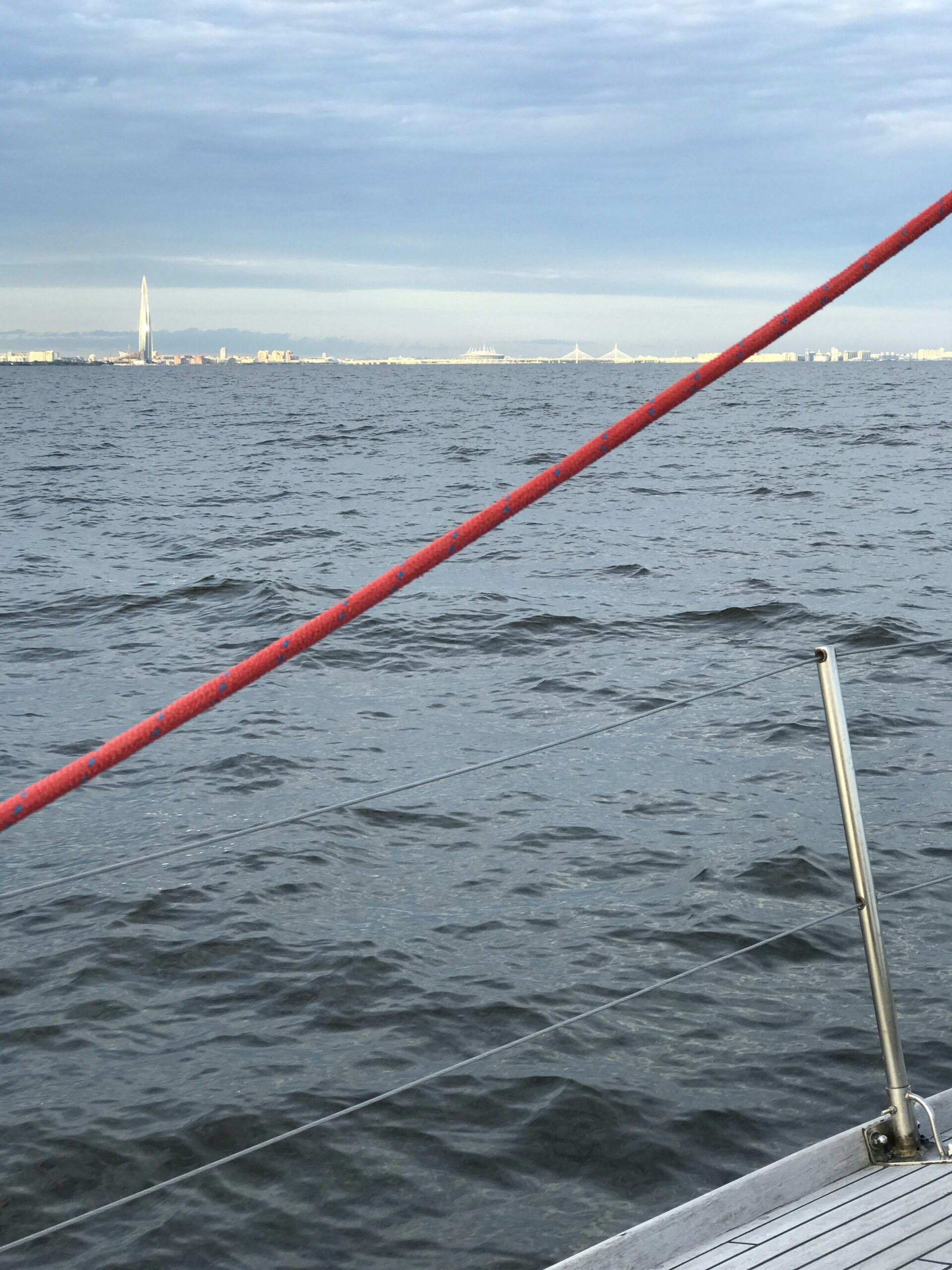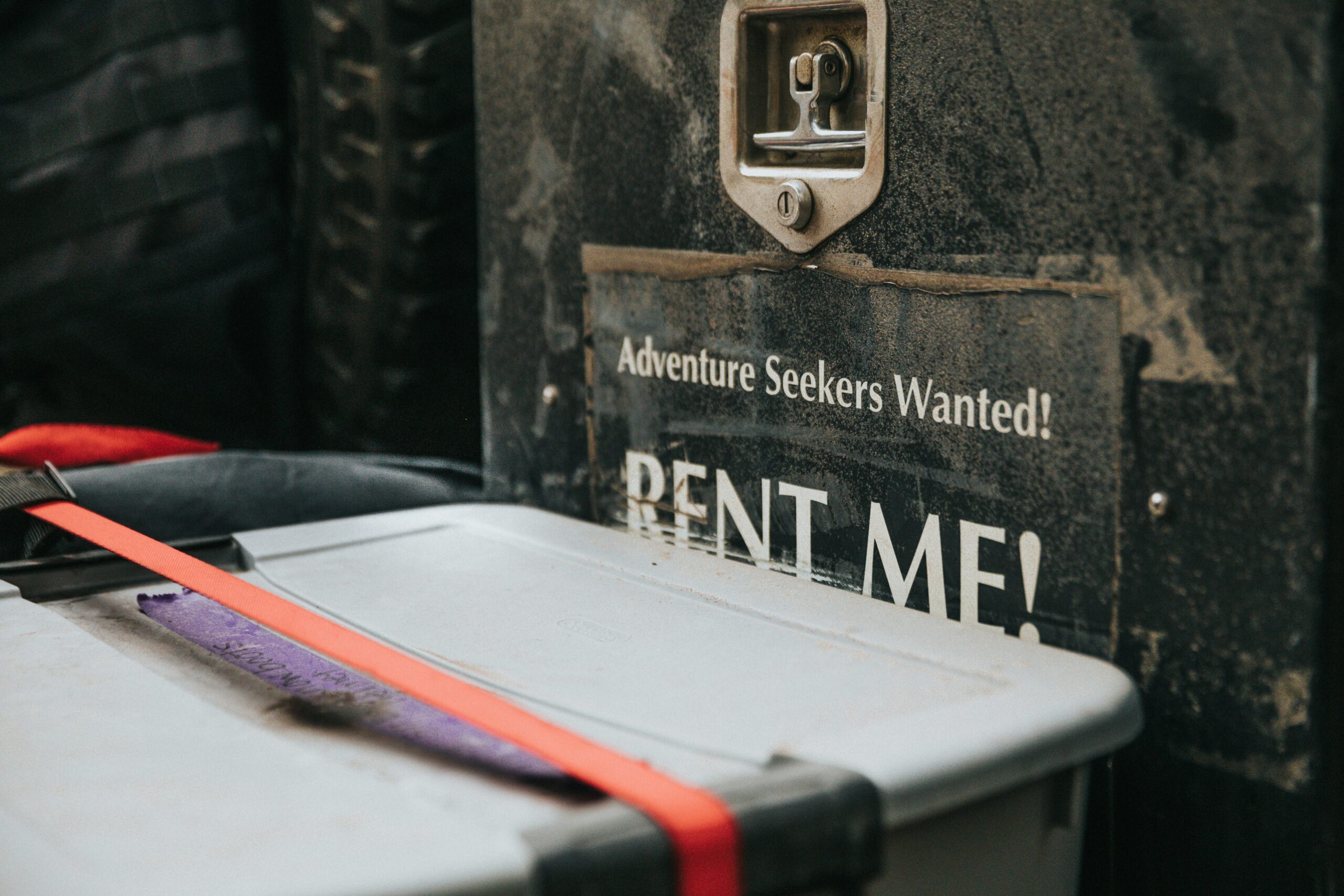Understanding Boating Strap Regulations
Boating strap regulations are an important aspect of ensuring the safety of both boaters and other individuals on the water. Understanding these regulations is crucial for anyone who owns a boat or plans to go boating. In this article, we will discuss the regulations for boating straps and why they are necessary.

Why are Boating Strap Regulations Important?
Boating strap regulations are in place to help prevent accidents and ensure the safety of everyone on the water. These regulations dictate the requirements for the materials, construction, and use of straps used to secure boats during transportation. By following these regulations, you can help prevent your boat from becoming a hazard on the road and protect yourself and others from harm.
What Are the Common Regulations for Boating Straps?
There are several common regulations that apply to boating straps, including:
-
Strength Requirements: Boating straps must be strong enough to withstand the weight of the boat and any additional equipment or cargo. The strength of the straps is typically measured in pounds of tensile strength.
-
Material Requirements: Boating straps are typically made of nylon, polyester, or other high-strength materials that are resistant to UV radiation and water damage. It is important to use straps made of durable materials that can withstand the elements.
-
Length Requirements: Boating straps must be long enough to secure the boat to the trailer or other transport vehicle securely. The length of the straps will depend on the size of the boat and the configuration of the trailer.
-
Attachment Requirements: Boating straps must have secure attachments at both ends to prevent the boat from shifting during transportation. These attachments are typically made of metal or high-strength plastic and should be inspected regularly for signs of wear or damage.
How Can You Ensure Your Boating Straps Are Compliant with Regulations?
To ensure that your boating straps are compliant with regulations, follow these tips:
-
Check the Label: Look for a label on the boating straps that indicates the manufacturer, the rated tensile strength, and any other relevant information. Make sure that the label is legible and that the information matches the specifications for your boat.
-
Inspect for Damage: Regularly inspect your boating straps for signs of wear, fraying, or other damage. If you notice any issues, replace the straps immediately to prevent accidents or injuries.
-
Proper Installation: Make sure that your boating straps are installed correctly and according to the manufacturer’s instructions. Improper installation can compromise the safety and effectiveness of the straps.
-
Store Properly: When not in use, store your boating straps in a cool, dry place away from direct sunlight and moisture. This will help prolong the life of the straps and prevent them from deteriorating prematurely.
Are There Different Regulations for Different Types of Boats?
Yes, there may be different regulations for different types of boats based on their size, weight, and configuration. Larger boats may require heavier-duty straps with higher tensile strength ratings, while smaller boats may be able to use lighter straps. It is important to check with local authorities or boating organizations to determine the specific regulations that apply to your boat.

Where Can You Find Information on Boating Strap Regulations?
You can find information on boating strap regulations from a variety of sources, including:
-
Local Boating Authorities: Contact your local boating authorities or Department of Natural Resources for information on boating regulations in your area.
-
Boating Organizations: Organizations such as the US Coast Guard or the American Boating Association may have resources available on boating safety and regulations.
-
Manufacturer’s Websites: Check the website of the manufacturer of your boating straps for information on product specifications, regulations, and safety tips.
What Happens If You Violate Boating Strap Regulations?
Violating boating strap regulations can result in fines, penalties, or even legal action. If you are found to be in violation of these regulations, you may be required to replace your straps, pay a fine, or attend a safety course. In some cases, repeated violations can result in the suspension or revocation of your boating license.

Can You Modify Boating Straps to Meet Regulations?
It is not recommended to modify boating straps to meet regulations unless you are a professional with experience in boating safety equipment. Modifying straps can compromise their strength and effectiveness, potentially putting your boat and others at risk. If you need straps that meet specific regulations, it is best to purchase straps that are certified for that purpose.
Conclusion
Boating strap regulations are in place to protect both boaters and the general public from accidents and injuries. By understanding these regulations and ensuring that your straps are compliant, you can help make your boating experience safer and more enjoyable. Remember to check the regulations that apply to your boat, inspect your straps regularly for damage, and follow proper installation procedures to stay in compliance with boating strap regulations.





